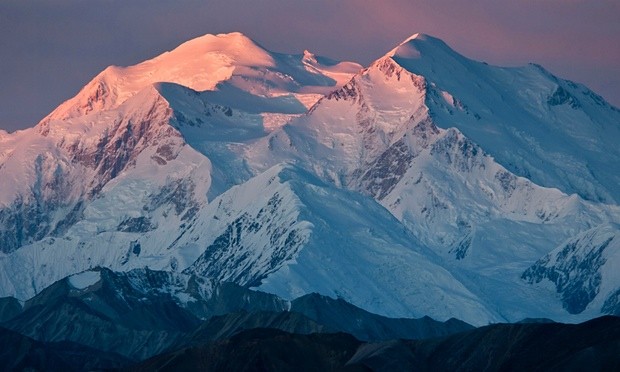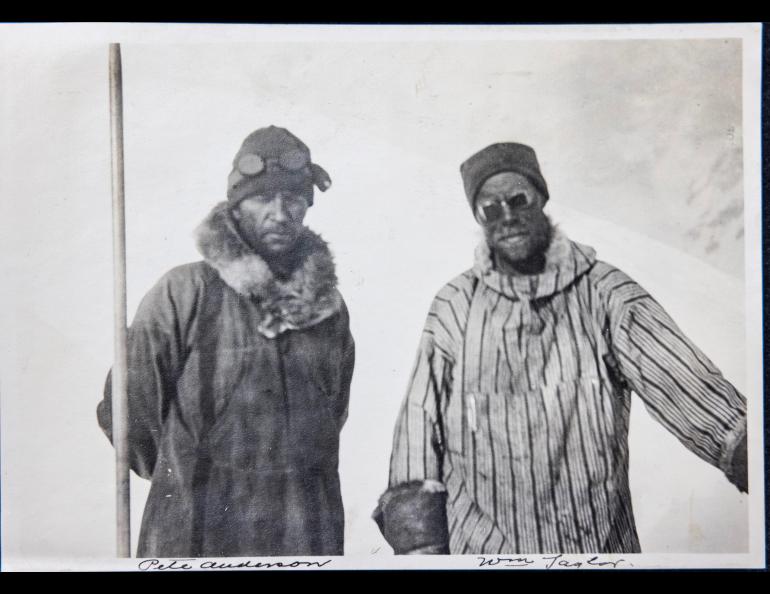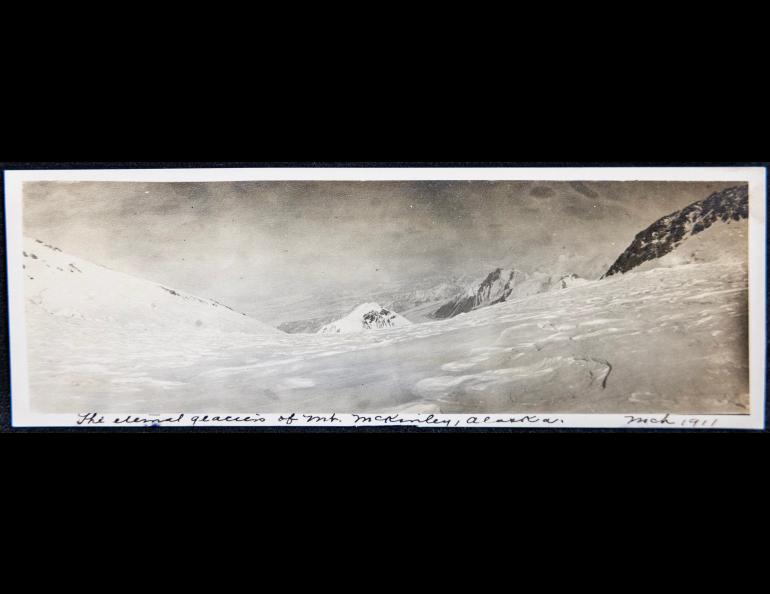1910 Denali Climb Was Called a Hoax – See Newly Found Photos
You probably have never heard of the Sourdough Expedition, but it's an important moment in America's mountaineering history. For nearly a decade after the trip. people thought it was a hoax

In April 1910, the Sourdough Expedition attempted to climb Denali, North America’s highest mountain. After the expedition, one of the climbers inaccurately reported about their accomplishments, which led to the entire trip being labelled a hoax for a few years. A handful of photos were just discovered that sheds light on the 1910 climb.
The photos were found unexpectedly in the University of Alaska Fairbanks by UAF Geophysical Institute professor Matthew Sturm in the Rasmuson Library archives. The photos show the climbers at around 16,500 feet, which is higher than previous photos showed.

“The photographs took my breath away. We have never seen pictures of these men climbing,” Sturm said in a story published on the university’s website here. “This is photographic evidence that we’ve never had before.”
On June 5, 1910, The New York Times ran a three-page feature of the expedition titled ‘First account of conquering Mount McKinley.’ It included a photograph from around 11,000 feet, photos from lower on the mountain and a fake image to show the summit.
The Sourdough Expedition included Tom Lloyd, Pete Anderson, Charlie McGonagal and Billy Taylor, a group of climbers who most certainly reached the North Peak, which is about 850 feet lower than the South Peak. The Sourdough climbers were likely the first to reach either peak, and did not know at the time which of the two peaks were higher.
Lloyd travelled back to Fairbanks after Denali, while the others worked in coal mines until June. Upon Lloyd’s return, he told news outlets that the Sourdough Expedition reached both summits of Denali. People were skeptical of his claim because of the lack of evidence. Rod Boyce, who wrote the story for the University of Alaska Fairbanks website, said, “Within weeks of the Times story, however, the climb was largely discredited as hoax and remained so until 1918 when Hudson Stuck published his book on his successful 1913 ascent of the south — and higher — summit.”
In 1913, Stuck, Harry Karstens, Walter Harper and Robert Tatum made the first ascent of Denali’s South Summit via the West Buttress. Stuck’s book revealed that the 1910 team did indeed reach the North Summit, as they’d left a 14-foot-tall spruce flagpole. Stuck’s book included photos of the flagpole.
Professor Sturm, who has experience climbing in the Denali area and has extensive knowledge of the area’s history, found the photographs by accident. As Boyce said, he found them “while conducting unrelated research in the donated family collection of Doris Day, daughter of a woman who came to Alaska in the gold rushes of 1897 through 1903. Day acquired the photographs upon the death of her mother, who was editor of another Fairbanks newspaper and a friend of Taylor’s.”
Sturm saw a folder on the collection contents list labelled “Taylor-Peterson McKinley Climb, March 1911.” However, there was no 1911 Denali expedition, so Sturm knew the photos were likely from the Sourdough Expedition.
“The folder contains pictures of the climbers en route, a unique alpenstock climbing staff carried by Anderson and the flagpole,” said Boyce. “One photograph shows a climber and his tracks heading upward below Browne Tower on what today is named Karstens Ridge, a well-known segment of a popular route to the true summit. It is named for Harry Karstens, the guide on Stuck’s successful 1913 climb and later the first superintendent of Mount McKinley National Park, now Denali National Park and Preserve.” Sturm said climbers from the Sourdough Expedition were in fact the first climbers on the ridge.
Sturm also discovered Anderson’s alpenstock from 1910 in the University of Alaska Museum of the North. It had been donated early in the museum’s history, marked as item No. 55 in the museum’s vast collections.
One of the photos was taken from the Harper Glacier at about 16,500 feet. “No known photograph shows them any higher,” said Boyce. “By relating the Times photos and the newly found photos to the correct locations on a map, and using information from a 1939 Taylor interview, Sturm and Marshall reasoned that Taylor, Peterson and McGonagal left camp in the predawn hours from 11,000 feet. McGonagal faltered at some point and was left to wait. Taylor and Peterson continued and planted the 14-foot pole and flag in a rocky area a few hundred feet shy of the frozen and rockless North Peak.”
For over 110 years, historians have wanted to know more about the Sourdough Expedition, and thanks to Sturm’s research, some questions have been answered. Boyce wraps his story with a quote by Sturm: “What has emerged is a better, richer, more human story about these men and their climb.” For more photos read the full story here.



